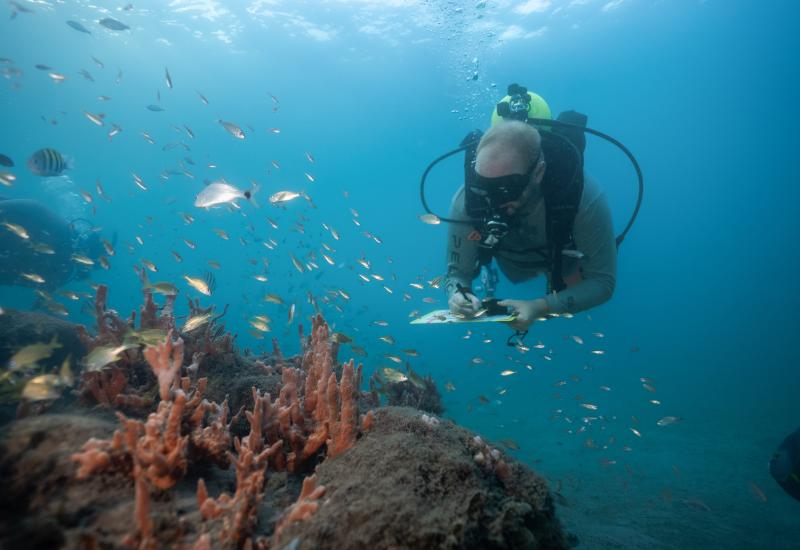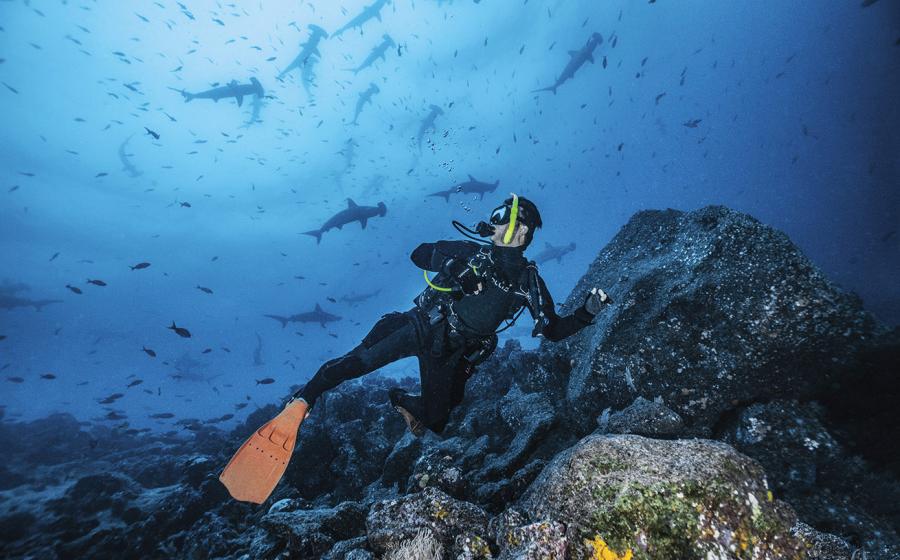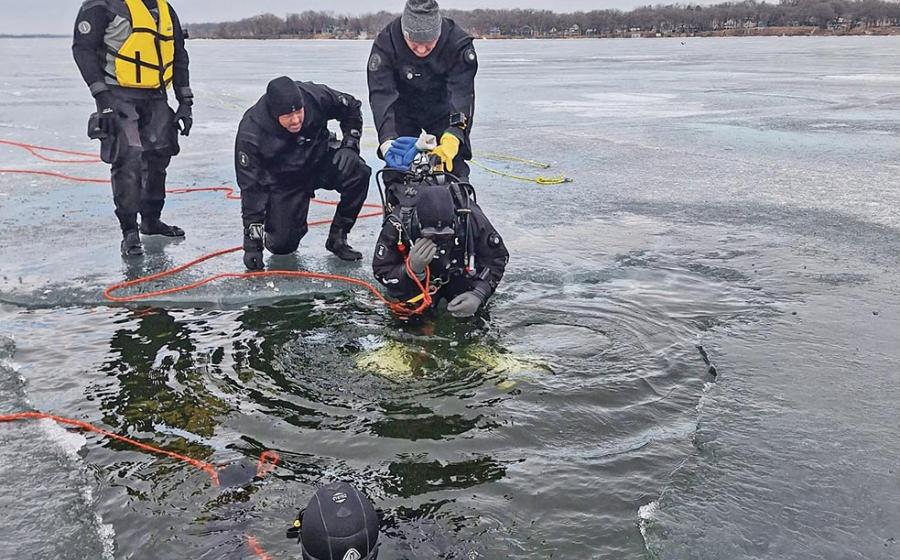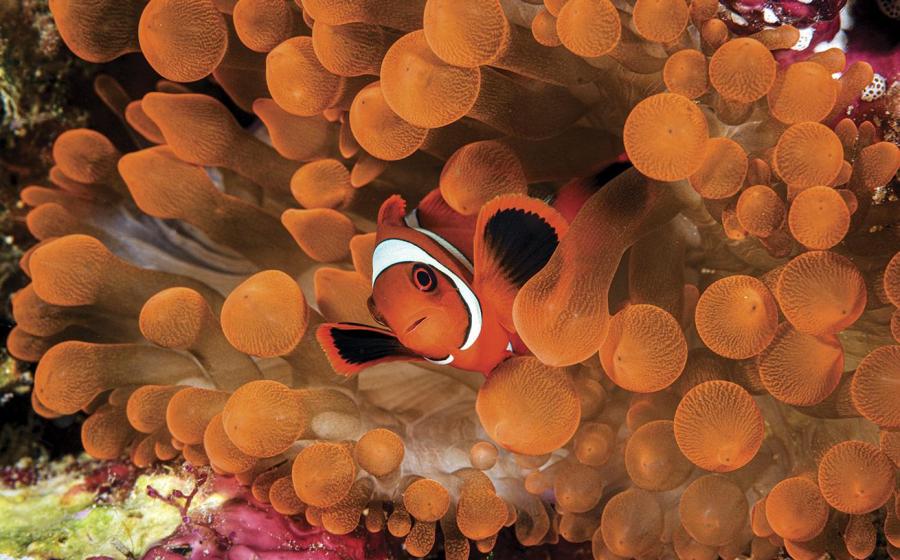What It's Like to Be a Scuba Instructor

Courtesy Cameron AckleyCameron Ackley is a dive instructor with Seasport Divers in Kauai, Hawaii.
A day of work for Cameron Ackley starts at 8 a.m., loading dozens of tanks onto the dive boats. As a dive instructor for Seasport Divers in Kauai, Hawaii, he welcomes guests and handles the lines as the boat motors to sea for the morning’s dives.
Afternoon charters are often spent teaching PADI Discover Scuba Diving experiences and Open Water Diver referrals before returning to shore to unload gear, fill tanks and get ready for the following day. He clocks out at around 6 p.m.
“Something people might not realize about working as a dive instructor is that it involves a lot of physical labor to load and unload boats for multiple trips a day, and there’s a lot of work going on behind the scenes,” Ackley says. “You also need to be good at working with people, being able to read what guests will need and adapting your dive plan to meet those needs.”
Ackley, now 25 years old, got certified at 10 while growing up in Houston, Texas. His parents were both divers, and they did occasional dive trips over the years, but it was during the COVID-19 pandemic that he set out looking for adventure.
Related Reading: Seeking Action-Packed Diving in Hawaii
“I moved down to Key Largo and did an unpaid internship in exchange for all of my dive training through instructor,” he explains. “That took about six months, and then I stayed on, working and teaching for the same shop for a couple years.”
From there, he moved to Southern California, looking for new experiences.
“A friend was working on a salvage boat out of Ventura, and I got the job right there on the spot,” he says. “We’d work five days a week, 14 hours a day, mainly recovering boat anchors, which gets a little risky under certain conditions.”
Then he got a call from an old roommate who was, at the time, managing Seasport Divers. The shop was looking for new instructors. “Three weeks from that phone call, I was here,” he says. “And I’m glad I did—I couldn’t have imagined this is where I’d end up.”
“I’ve had the most incredible experiences underwater here,” he adds, “from diving with Hawaiian monk seals off Niihau and all the other endemic marine life we have here, to swimming with manta rays.”
One of the biggest differences between diving recreationally and working as an instructor and guide is taking responsibility for other divers in the water. “I enjoy that responsibility— it’s fun to show people new things underwater,” he says. “But you also have to pay attention and solve problems before they happen, whether it’s helping a new diver who’s feeling nervous getting in the water or fixing issues with a mask strap or a weight belt before guests step off the boat.”
For others interested in a career as a dive instructor, Ackley says the first steps are doing a lot of diving, making your way through the certifications and seeking out an experienced divemaster or instructor who can be a mentor.
Once you’re working as an instructor, it’s important to develop professional skills beyond guiding and teaching. “Continue adding new skills that make you more valuable,” he says. “Anything from underwater photography and videography to servicing tanks and dive gear, as well as customer service and retail, which is a big part of working for a dive shop.”
Related Reading: Introduction to Manual Underwater Photography
Job Requirements
Degree: None
Salary: $30K to $40K per year (including tips), though pay can vary based on location
Certifications: PADI Divemaster, Open Water Scuba Instructor








